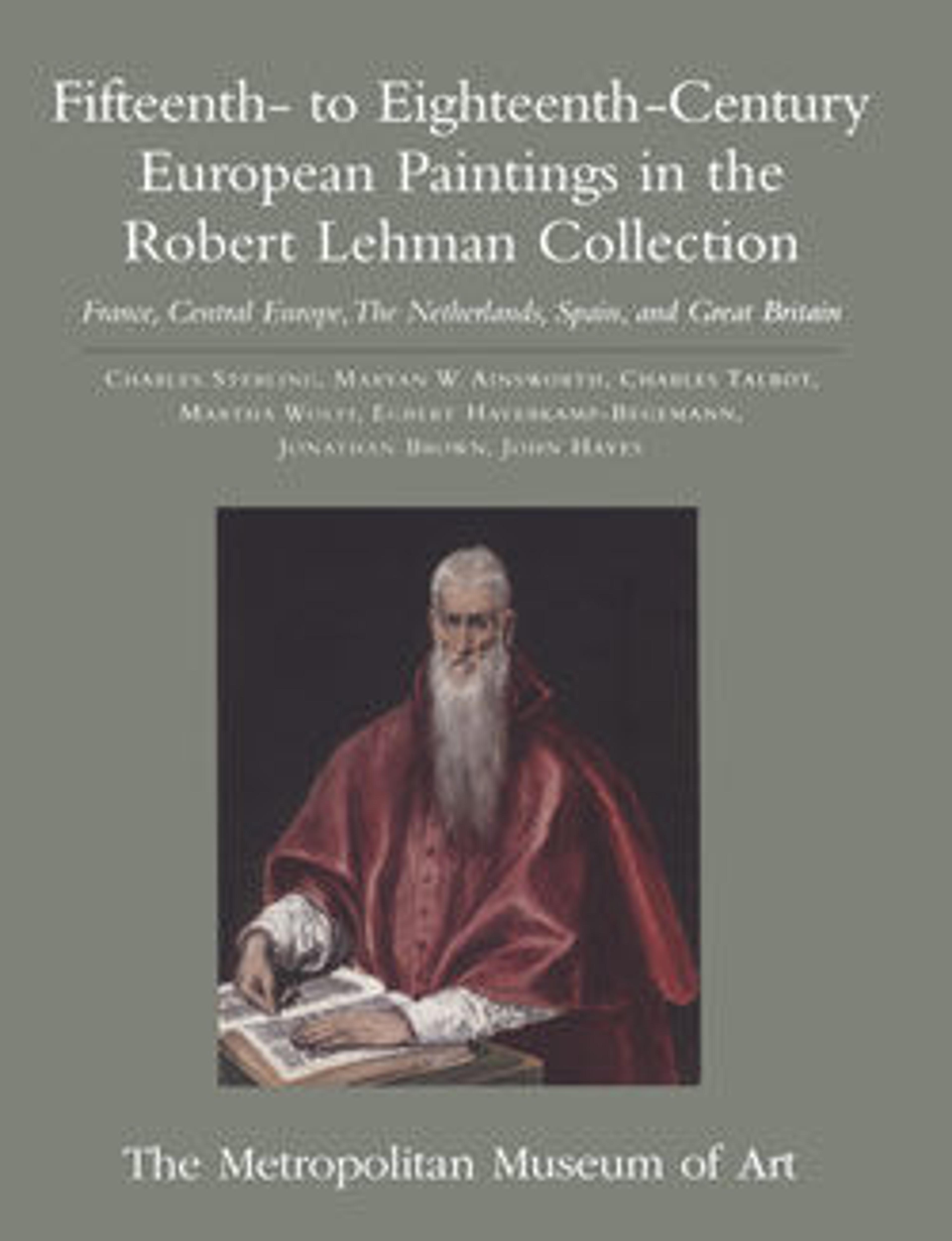Virgin and Child with Saint Joseph
The Bruges-based painter Gerard David (Oudewater, ca. 1455 – Bruges, 1523) did much to popularize domestic scenes of the Holy Family, a subject whose broad appeal encouraged production by his workshop for sale on the open market. The Lehman Virgin and Child with Saint Joseph participates in this trend, which persisted throughout the sixteenth century. The painter of this picture, although not David himself, took his cue from circulating Davidian models like the versions of the Virgin and Child with the Milk Soup and the Holy Family.
Artwork Details
- Title:Virgin and Child with Saint Joseph
- Artist:Netherlandish Painter, second half of 16th century
- Date:second half 16th century
- Medium:Oil on oak panel
- Dimensions:8 3/4 x 8 11/16 in. (22.3 x 22 cm)
- Classification:Paintings
- Credit Line:Robert Lehman Collection, 1975
- Object Number:1975.1.121
- Curatorial Department: The Robert Lehman Collection
More Artwork
Research Resources
The Met provides unparalleled resources for research and welcomes an international community of students and scholars. The Met's Open Access API is where creators and researchers can connect to the The Met collection. Open Access data and public domain images are available for unrestricted commercial and noncommercial use without permission or fee.
To request images under copyright and other restrictions, please use this Image Request form.
Feedback
We continue to research and examine historical and cultural context for objects in The Met collection. If you have comments or questions about this object record, please contact us using the form below. The Museum looks forward to receiving your comments.
